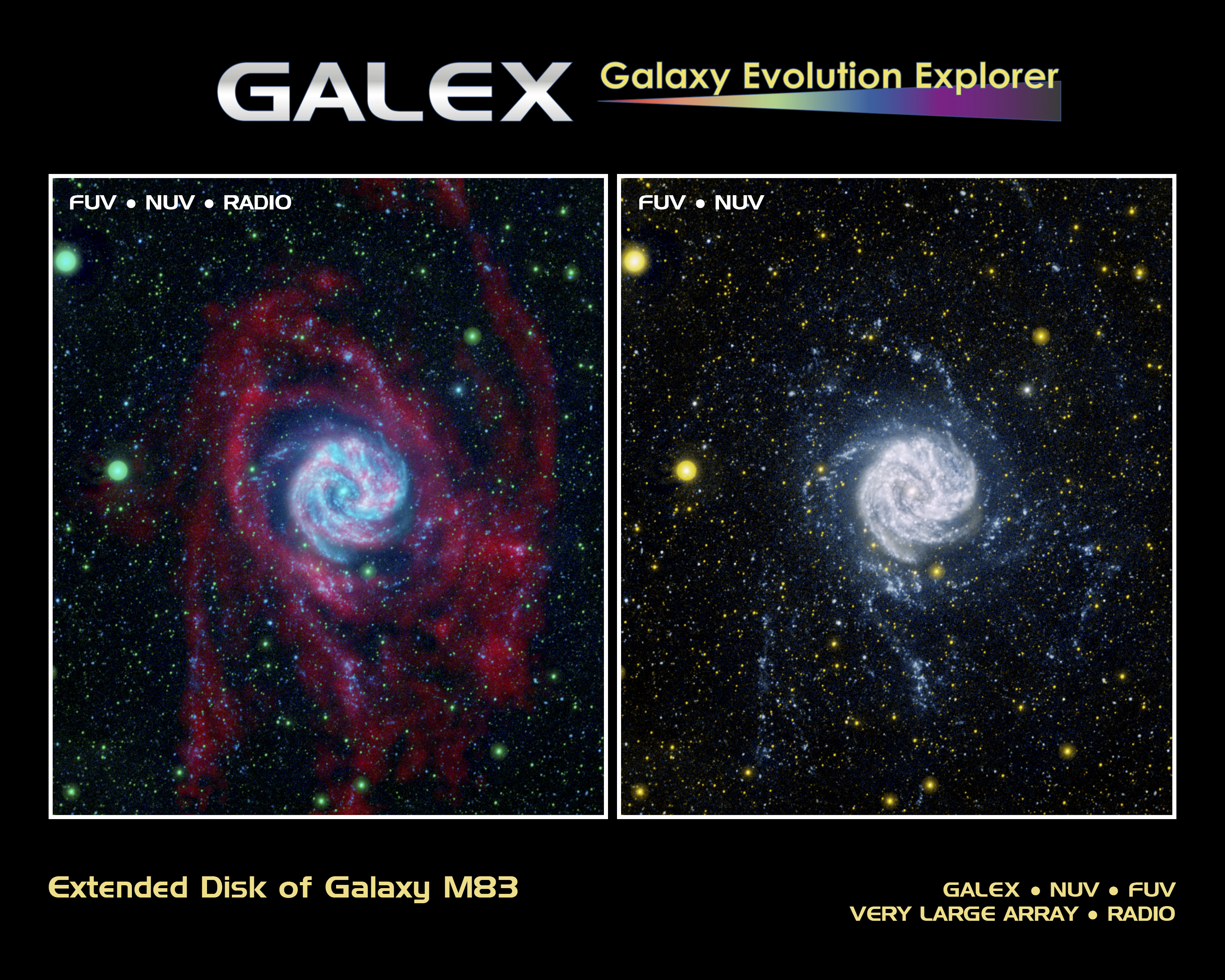Please login in order to download photos in full size
If you are not registered, please register for free: www.Free-Photos.biz/register
Please note to download premium images you also need to join as a free member..
You can also save the photos without the registration - but only in small and average sizes, and some of them will have the site's watermark. Please simply click your right mouse button and save the image.
Please login in order to like photos
If you are not registered, please register for free:
Sorry, non-members can download up to 1100 full-size photos per month.
It looks like you have used up your limit.
Free members can download an unlimited number of full-size photos - including the premium free photos.
Join as a member today for FREE! - and download the images without limitations:
www.Free-Photos.biz/membership.php
You can also save the images without the membership - but only in small and average sizes, and some of them may have the site's watermark. Please simply click your right mouse button and save the image.

|
This is a premium free photo
This photo was viewed 5 times and was downloaded in full size 1 times.
This photo was liked 0 times
If you are a member, please login in order to see the source link of the above image.
Summary
| Description |
English: This side-by-side comparison shows the Southern Pinwheel galaxy, or M83, as seen in ultraviolet light (right) and at both ultraviolet and radio wavelengths (left). While the radio data highlight the galaxy's long, octopus-like arms stretching far beyond its main spiral disk (red), the ultraviolet data reveal clusters of baby stars (blue) within the extended arms.
The ultraviolet image was taken by NASA's Galaxy Evolution Explorer between March 15 and May 20, 2007, at scheduled intervals. Back in 2005, the telescope first photographed M83 over a shorter period of time. That picture was the first to reveal far-flung baby stars forming up to 63,000 light-years from the edge of the main spiral disk. This came as a surprise to astronomers because a galaxy's outer territory typically lacks high densities of star-forming materials. The newest picture of M83 from the Galaxy Evolution Explorer is shown at the right, and was taken over a longer period of time. In fact, it is one of the "deepest," or longest-exposure, images of a nearby galaxy in ultraviolet light. This deeper view shows more clusters of stars, as well as stars in the very remote reaches of the galaxy, up to 140,000 light-years away from its core. The view at the left is a combination of the ultraviolet picture at the right and data taken by the telescopes of the National Science Foundation's Very Large Array in New Mexico. The radio data, colored here in red, reveal extended galactic arms of gaseous hydrogen atoms, which are raw ingredients for stars. Astronomers are excited that the remote clusters of baby stars match up with the extended arms, because this helps them better understand how stars can be created out in the boondocks of a galaxy. M83 is located 15 million light-years away in the southern constellation Hydra. In the Galaxy Evolution Explorer image on the right, near-ultraviolet light (or longer-wavelength ultraviolet light) is colored yellow and far-ultraviolet light is blue. In the combined image at the left, far-ultraviolet light is blue, near-ultraviolet light is green, and the radio emission at a wavelength of 21 centimeters is red. |
| Date | |
| Source | https://www.galex.caltech.edu/media/glx2008-01r_img02.html |
| Author | NASA/JPL-Caltech/VLA/MPIA |
Licensing
| This file is in the public domain because it was solely created by NASA. NASA copyright policy states that "NASA material is not protected by copyright unless noted". (See Template:PD-USGov, NASA copyright policy page or JPL Image Use Policy.)
|
|
 |
Warnings:
|
Public Domain
| EXIF data: | |
| File name | extended_disk_of_galaxy_m83.jpg |
|---|---|
| Size, Mbytes | 5.45226953125 |
| Mime type | image/jpeg |
| Orientation of image | 1 |
| Image resolution in width direction | 300 |
| Image resolution in height direction | 300 |
| Unit of X and Y resolution | 2 |
| Color space information | 65535 |
| Exif image width | 3000 |
| Exif image length | 2400 |
| Software used | Adobe Photoshop CS3 Macintosh |
While the copyright and licensing information supplied for each photo is believed to be accurate, Free-Photos.biz does not provide any warranty regarding the copyright status or correctness of licensing terms. If you decide to reuse the images from Free-Photos.biz, you should verify the copyright status of each image just as you would when obtaining images from other sources.
The use of depictions of living or deceased persons may be restricted in some jurisdictions by laws regarding personality rights. Such images are exhibited at Free-Photos.biz as works of art that serve higher artistic interests.
PRIVACY POLICY
By registering your account and/or by subscribing to new and newly rated photographs you agree we may send you the links to photos and we may occasionally share other information with you.
We do NOT disclose your personal data.



